Icon of Panagia Tricherousa
€1.350,00 – €5.500,00 "without VAT"
Icon of Panagia Tricherousa silver icon
- 100% guaranteed transaction!
- 100% money back guarantee!
- Immediate delivery to the products we have in stock.
Icon of Panagia Tricherousa. Silver icon exact copy of Byzantine Art.
The metal part is coated with 999 sterling silver and 24K gold, while the hagiographed part is painted on canvas, according to the traditional method of Byzantine hagiography .
Panagia Tricherousa belongs to the iconographic type of Hodegetria . It comes from the monastery of Saint Sava of Jerusalem .
The miraculous Icon of Panagia Tricherousa was a family heirloom of Saint John of Damascus, who reverently kept it in the chapel of his house.
Saint John of Damascus was Walid’s first adviser in the year 705-715, caliph of Syria, on all necessary matters concerning the Christian population of this region.
Exactly at that time, when the Emperor of Constantinople was Leo III Isaurus, the Iconoclasm broke out.
The worship of holy icons was considered idolatry.
Saint John of Damascus became a staunch supporter of the Holy Icons and with his books he destroyed the iconoclasts.
The Emperor Leo III, in order to get rid of the presence of St. John of Damascus, slandered him to Caliph Walid with the accusation that he was thinking of secretly occupying Damascus.
The caliph ordered the immediate arrest of St. John of Damascus and the amputation of his right hand in the square of Damascus.
The order was executed immediately. The Saint received his severed hand and all night begged the Virgin to kneel to heal him in order to continue his hard fight for Orthodoxy.
Katakopos, as he was, fell asleep for a while and then he saw in a vision the Virgin Mary through her Holy Icon telling him that from now on his hand will be healed.
The Saint woke up and really saw that his hand had been restored and was healthy. Out of joy he took care of it and put a silver dummy of his hand under the left part of the Icon of the Virgin Mary.
From this incident the Icon of the Virgin Mary was named as Tricherousa.
After this miraculous event, Saint John of Damascus decides to become a monk in the Lavra of Saint Sava the Sanctified in Palestine.
He also had the Icon of Panagia Tricherousa with him. In the year 1217 Saint Savvas of Chilandarino, later named Symeon, passing by the Holy Monastery of Saint Savvas of the Blessed Sacrament, took with him the Icon of the Dairy Virgin and the Icon of Panagia Tricherousis and transferred them to St. , where the Holy Icon remained until the year 1347.
Then the Serbian King Drousan comes to Mount Athos, who leaves for his homeland, took the Icon of Tricherousa as a blessing.
The Icon was housed in the Holy Monastery of Studenitsa in Serbia.
When the Serbs were informed at the beginning of the 15th century that they were in danger of being enslaved by the Turks, they immediately took the Holy Icon of Panagia Tricherousa from the Serbian Monastery and placed it on the back of a donkey and left the animal free to lead it wherever the Virgin wanted.
And indeed, in a miraculous way, this quiet animal crossed all of Serbia, the Greek region of Macedonia and came to Mount Athos, to the Holy Monastery of Chilandari, where the monks welcomed it with honors and processions.
This blessed donkey, according to the sacred tradition, as soon as the Icon was placed in the Sanctuary of the Monastery, fell dead.
Until today, this Holy Icon of Panagia Tricherousa is considered the Abbess of the Holy Monastery of Chilandari and Protector of the Serbian Orthodox people.
This Image causes great awe and emotion to those who worship it.
| Weight | 15 kg |
|---|---|
| Dimensions | 85 × 75 × 20 cm |
| Representation | Virgin Mary Triheroussa |
| Silver Grades | 925° |
| Icon Decoration | with handmade hagiography, with stones |
| Style - Technique | Carved |
| Collection | Church supplies |
| Material | Silver |
| Usage | For the House, For the Wedding, Για το Ναό, Για τον Αρχιερέα, Για τον Πατριάρχη |
| Size | Big – LG, Small – SM |
1 review for Icon of Panagia Tricherousa
Only logged in customers who have purchased this product may leave a review.
You may also like…
Church supplies
Church supplies
Church supplies
Related products
Church supplies
Church supplies
Church supplies
Church supplies
Church supplies
Church supplies
Church supplies
Church supplies

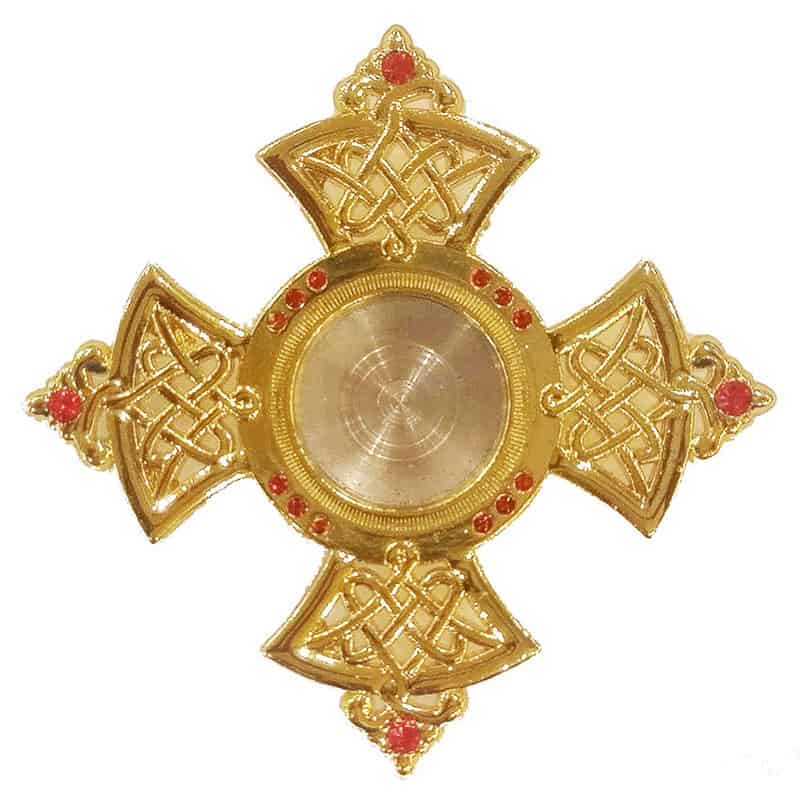
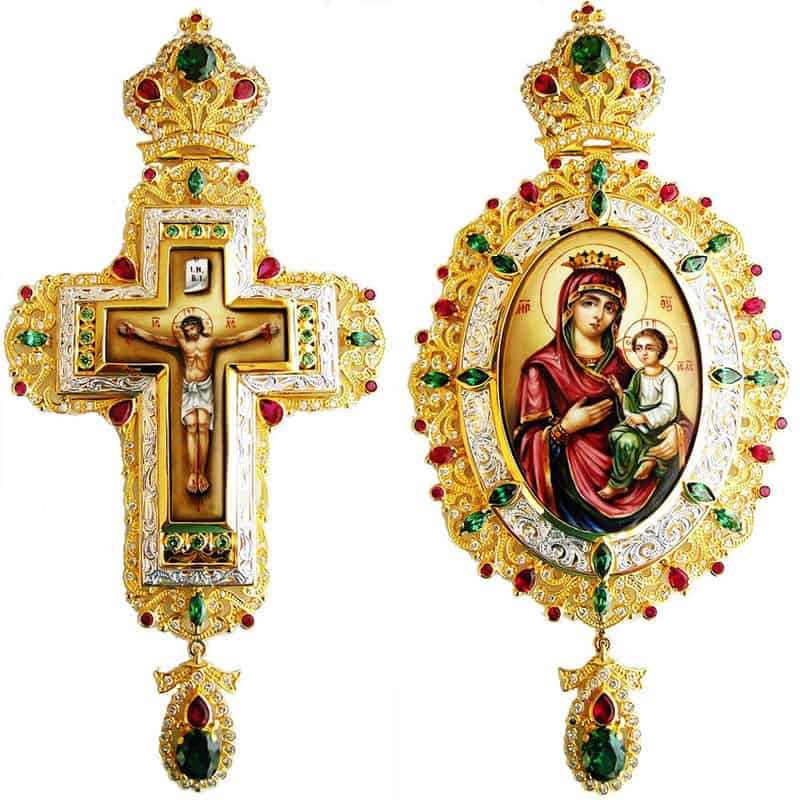



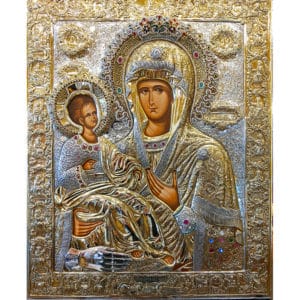
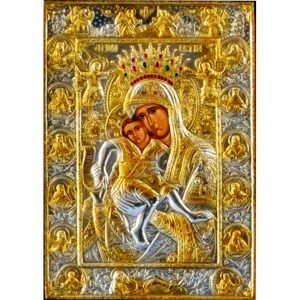
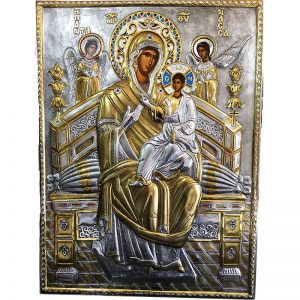
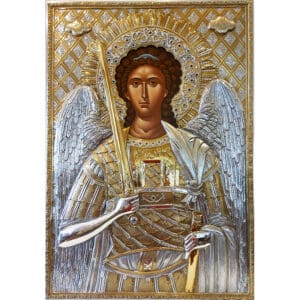
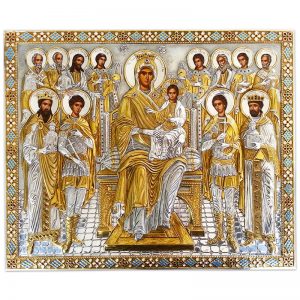

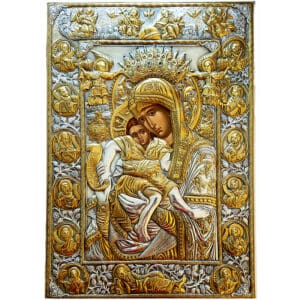
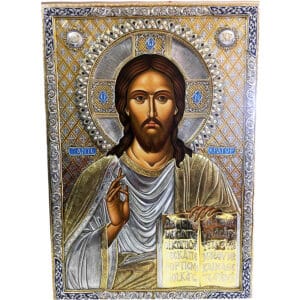
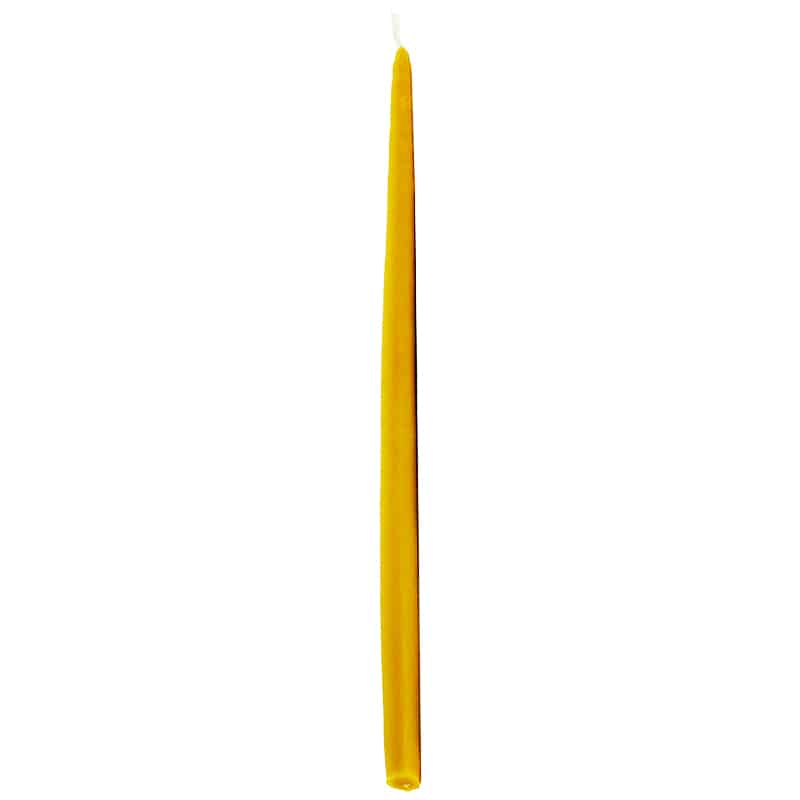
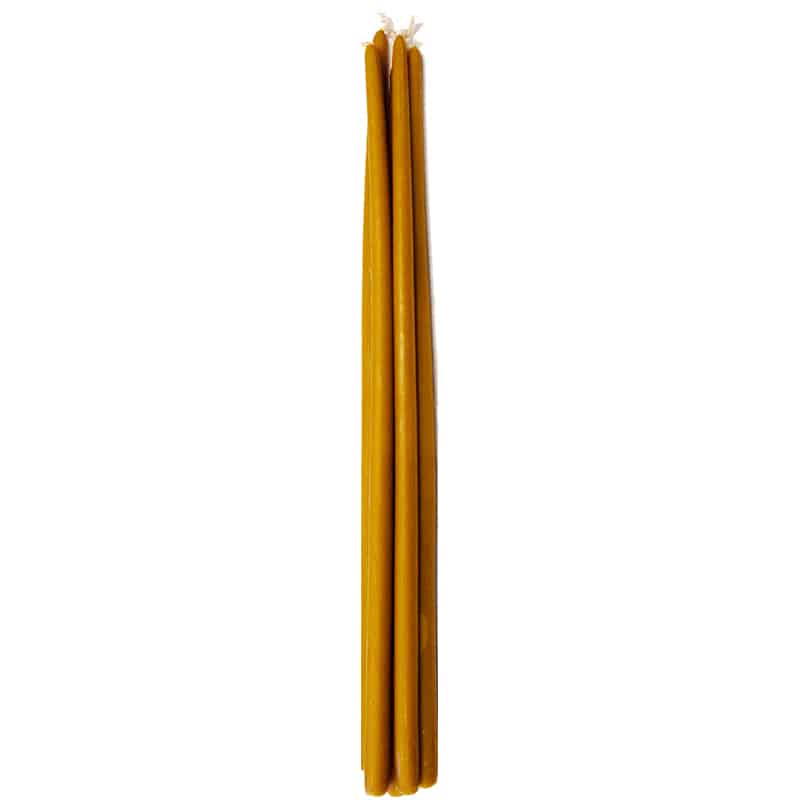
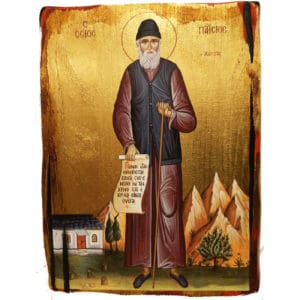
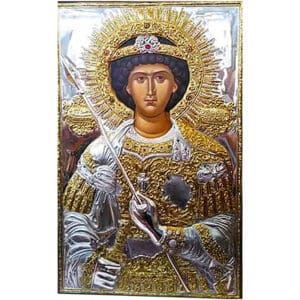
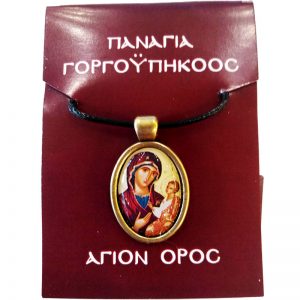

Χατζηιερεμίας Ευάγγελος –
Review for Εικόνα Παναγία Τριχερούσα
★ ★ ★ ★ ★